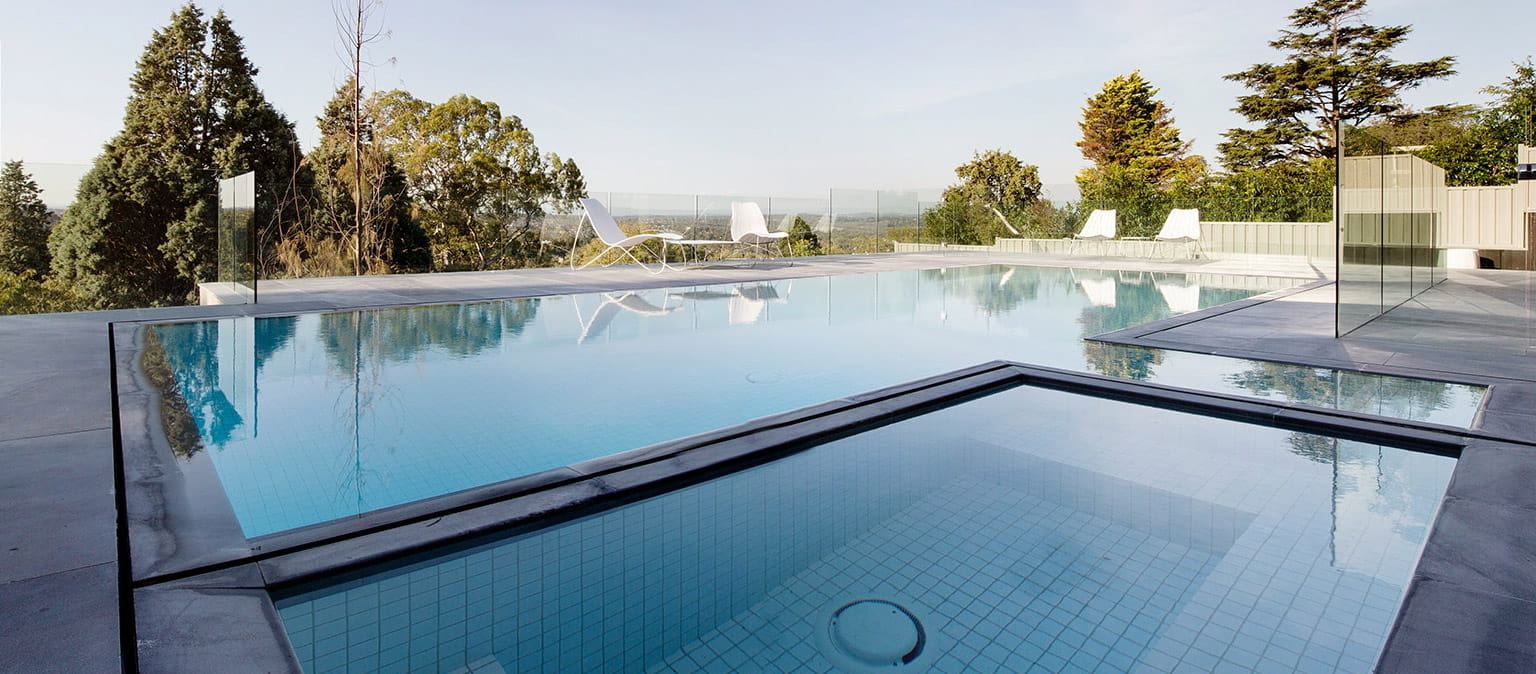Summer Is Coming. Is Your Pool Ready?
Summer is on its way and many of us are looking forward to long days outdoors enjoying the sun. Whether you live alone, with a partner, with a friend, or have kids, chances are everyone will be raring to dive into the pool as soon as temperatures begin to soar. So, it’s absolutely essential that you have your pool ready on time! Here are a few tips that will help you along the way.
Preparing Your Pool:
Vacuum and Clean
The first step you need to take is thoroughly cleaning your pool. Even with covers over it, chances are some debris has made its way into the water over the months it hasn’t been in used. Use a pool skimmer to scoop floating debris out of the water. You should then use a pool vacuum to vacuum the walls and floors of the pool. Make sure to follow the operating instructions of your pool vacuum carefully while carrying this task out. It’s generally recommended that you vacuum your pool slowly, moving in overlapping lines. If you find that there is algae on the sides of the pool, you can brush it away with a nylon brush.
Check Your Pool Equipment is Working
Many people turn their pool equipment, such as filtration systems, off during the months that their pool is in use. So, if you’re getting ready to use your pool again, it’s a good idea to make sure that everything’s still working properly. Checking sooner rather than later will ensure that any repair work can be carried out well in advance of you actually wanting to use the pool. If you’re unsure of how to check your equipment, you can always have a professional survey carried out.
Test Your Water Balance
There are a few water factors you’ll need to test before diving in. First, check your pool’s Total Dissolved Solids (or “TDS”) levels. High levels of dissolved solids can make the water look cloudy and unappealing. They can also alter your pool’s pH levels and lower the efficacy of pool chemicals used. Once your TDS is in check, you need to check your pool’s pH levels. It’s generally recommended that your pH levels are between 7.2 and 7.8. Finally, check your pool’s chlorine levels. While chlorine is necessary to help your pool stay clean, high levels can be potentially dangerous. A chlorine level between 1 and 3ppm is generally deemed appropriate.
Conduct a Safety Check
Before anyone gets into the pool, a safety check is essential. Make sure pool drains are protected by safety compliant covers and that the pool is surrounded by a barrier to stop anyone who shouldn’t be getting in (like pets and young children) from getting in. For a luxury look, check out glass pool fencing in Mornington Peninsula.
These steps may take a little time, but they’ll ensure you can use your pool safely and comfortably all summer long. They’re more than worth the effort and investment.
